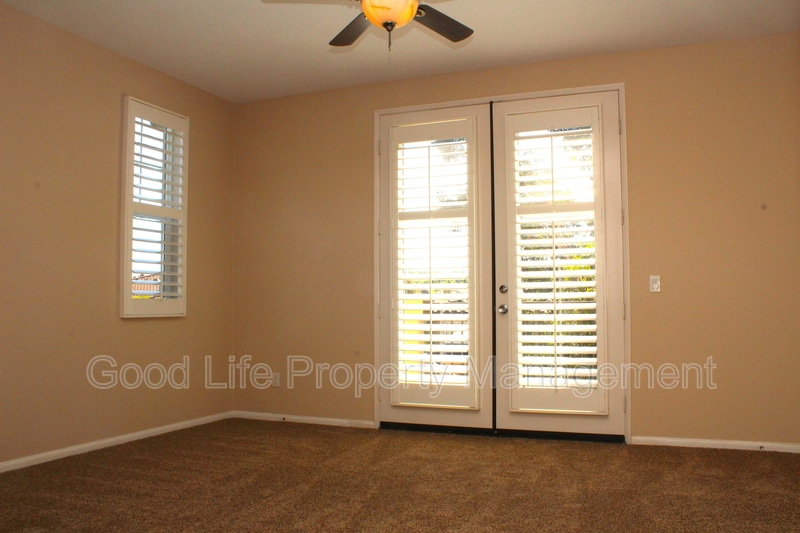Are you frustrated with the hassle of downloading files and videos using your mobile data? To overcome the problem of slow speed and connectivity issues, most homes, offices, and commercial places are using WiFi connections. The internet has become a necessity these days because from kids to adults- everyone uses the web for streaming games, communication, gathering knowledge, and much more. Whether you need the internet for professional purposes or personal use, choosing the right type of connection is crucial. If you want to stay connected all the time, a wireless connection is a right choice. Wi-Fi, a wireless network, provides high-speed connectivity to all digital devices within range. When you set up Wi-Fi at home or office, you can connect your laptop, smartphones, and other mobile devices without an Ethernet cable.
Before you install a wireless network, it is important to consider your internet needs. A careful evaluation of your needs will help in choosing the right type of router. Several factors will determine the type of connection and router you should choose. The latest router models have an in-built modem. The device you choose should depend on your specific needs. For offices and restaurants that have many visitors, it’s important to get a device with higher capacity. To help you properly set up a Wi-Fi network, here are some tips.
Type of Connection
For creating a home or office Wi-Fi network, you will need a wireless router. The wireless router is a device that broadcasts the Wi-Fi signal from the Internet modem. The internet connections available these days include fiber optics, dial-up connections, a cellular connection, DSL, cable lines, and more. Fiber optics is the latest type while the dial-up connection is the traditional type. The connection you choose depends on multiple factors such as your geographical location, coverage, interference, and local codes. The different type of connections has certain pros and cons. So, make sure to research different options to select the right type of connection. If your router has a built-in modem, you won’t need to buy both devices separately.
Bandwidth and Speed
In addition to choosing the right type of connection, you should also consider the performance and capacity. Make sure to compare the performance specs of different types of connections and packages offered by the service provider. The bandwidth and speed you choose will depend on your internet usage and budget. The bandwidth, mentioned as bits per second (bps), refers to the capacity of the network. The higher bandwidth and speed (Mbps) indicate better performance.
Choose the Right Location
Once you choose the right type of connection and service, the next important factor is the optimal placement of the device. You should find a central location for your wireless router- away from obstructions and interferences. It is recommended to install a router away from the microwave or windows to avoid EMI. After buying the wireless router, modem, and internet subscription, you need to connect the modem to a cable outlet. You will also need an Ethernet cord to connect your wireless router to the modem. Plug your device into a power source and connect your phone or laptop to the Wi-Fi network from your mobile device’s Wi-Fi settings.






